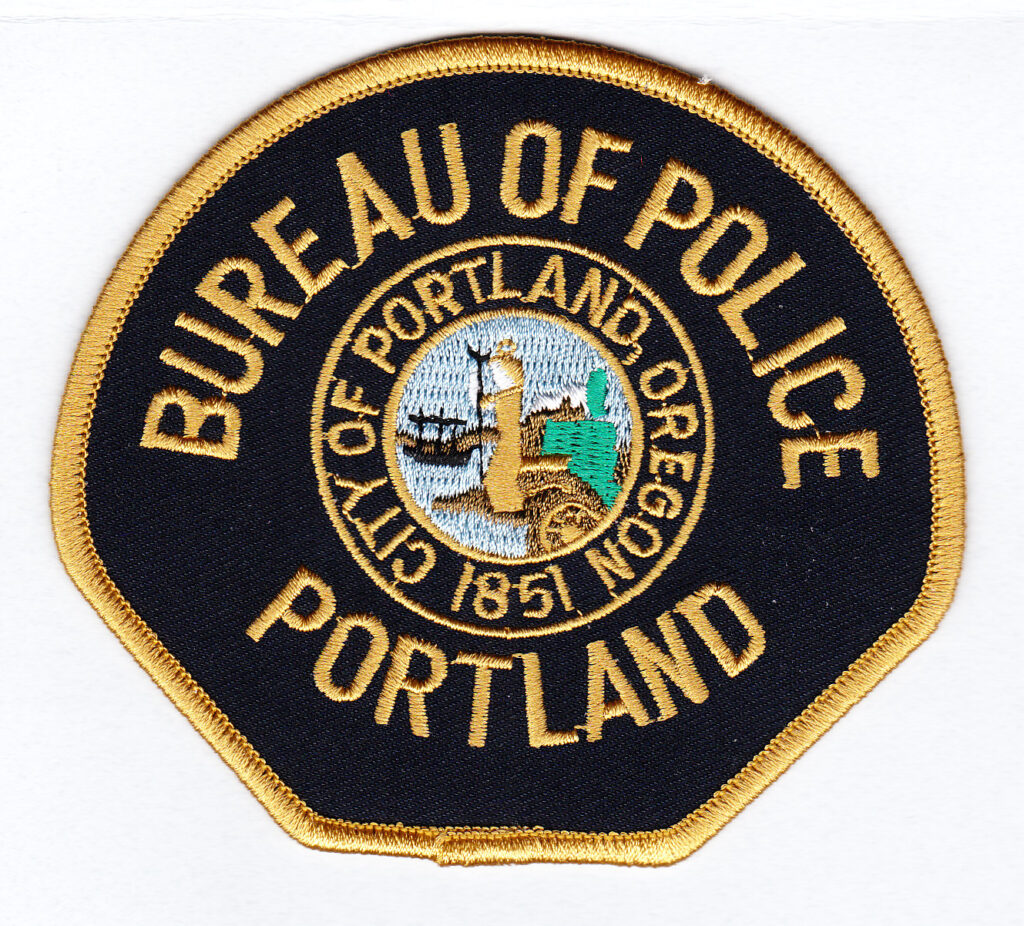The History of the Portland Police Shoulder Patch
The shoulder patch has the seal of the City of Portland within its center. This seal, adopted in 1878, consists of a female figure in its center representing Commerce. Her right hand is holding a trident; her left hand is pointing to a sheaf of wheat and a forest. At the feet of Commerce, is a cog wheel and a hammer. On her right, a steamship is coming into port; Mount Hood is in the background. A depiction of the badge currently worn by Portland Police officers is on the cover.
The History of the Portland Police Department Motorcycle Unit
Written in 1983 by Officer Peter Bowman
Edited in 1999 by Officer Michael Clary
Information is scarce about the actual formation of the Portland Police Bureau’s Motorcycle Detail. But it is believed that in the latter part of 1909, the Police Bureau hired Mr. Merle Sims. Sims’ family reported that Merle Sims was hired by the Police Bureau because he owned his own…Motorcycle. Sims’ motorcycle was one of the Police Bureau’s first pieces of mechanized equipment. The job that Merle Sims performed on his motorcycle apparently impressed the City Fathers during 1910 because they purchased two more motorcycles that year. The Annual Report for 1910 states, “Two Motorcycles were purchased and placed in service. Two have proven to be very useful in making quick runs in emergency cases and in timing and checking the speed of automobiles. They are used at headquarters. Would strongly recommend two more for the Department.”
The following years were good to the Motorcycle Detail. This small group of motorcycles had made there presence felt in 1912, then Chief Slover made the recommendation that the Mounted Squad be disbanded and the substitution of an emergency squad of Motorcycle Officers be instituted. In the annual report, Chief Slover wrote: “This innovation, I believe will add to the efficiency of the Department. It may be necessary to retain one or two Mounted men, but it has been demonstrated that those mounted on Police motorcycles can render better service, not only in taking the place of the Horse Patrol, but in promptly answering calls to remote parts of the City”.
In the early days of the Portland Police Bureau, the motorcycle detail was known as the “Speed Squad”. During the period of 1912 to 1921 the Speed Squad increased in size from 6 motorcycles to 16. Fifteen Motor Officers and one Motor Lieutenant accounted for 11,266 arrests and revenue of $26,746.50 in fines. The “Speed Squad” Lieutenant had a total of 281 arrests himself.
The Motorcycle Squad continued to prove their worth to the City Fathers and the Motor Squad continued to grow. From 1921 to 1927 the Squad increased to 39 Motor officers and 29 Police Motorcycles. Over the years the Portland Police Bureau’s Motorcycle detail has gone from a limited specialized unit to a multi-function specialized unit. Not much is written in the Annual Reports about the motorcycle detail between the years 1927 and 1946, but the detail must have proven its’ worth to the City Fathers, because they steadily increased in size to a total of 35 motorcycles in 1946. Of the 35 motorcycles, 4 were three wheelers used in enforcing parking regulations. In 1946 the Bureau started to modernize the detail and equipped two of their 35 motorcycles with radios. From 1946 to 1962 not much is written about the motorcycle detail, but various sources put the detail at 40 motorcycles, of which 15 were 3 wheelers.
In 1962 the motorcycle squad was to become even more of a specialized unit. In the fall of 1962, the Police Bureau formed the Tactical Operations Platoon, or “Top Squad” as it was called by its’ members. The Top Squad was formed to handle the problems associated with Political or Labor unrest and any riotous situations, as well as man-made or natural disasters. It was thought that the best way of handling such problems was with a Task Force combining the qualities of high mobility and immediate availability. The Motorcycle Detail met such requirements, because each member had 24 hour possession of his motorcycle, uniform and equipment at his residence. The Top Squad participated in extensive crowd control and anti-riot duties in the late 60’s and early 70’s. During this time budget cuts took their toll. The motorcycle detail was cut in size to 21 motorcycles and 3 Sergeants. 1979 was a devastating year for the Motorcycle Detail when cuts reduced it’s number to 12 Motor Officers and 2 Motor Sergeants.
Around the end of 1985, the Traffic Division was tasked with the mission of dealing with Cruisers on 82nd Avenue. A number of day shift motorcycle officers were sent to the evening shift specifically to work cruisers. Around 1986, the City of Portland enacted a City Ordinance to target cruising on specific streets. This ordinance was instrumental in virtually eliminating the heavy cruising that had occurred on 82nd Ave. and 122nd Ave.
Between 1986 and early 1988, the motorcycle detail was strengthened to a total of 22 Officers and 4 Sergeants, split over 2 shifts, with coverage from 0700 hrs to 0300 hrs. In October 1997, the Enhanced Vehicle Safety Enforcement Program (EVSEP) was formed, adding 5 Officers and 1 Sergeant, now bringing the motorcycle detail to a total of 27 Officers and 5 Sergeants. The EVSEP details’ hours are from 1000-1800, Monday through Friday, and is specifically tasked with Commuter Enforcement and targeted Neighborhood Complaints.

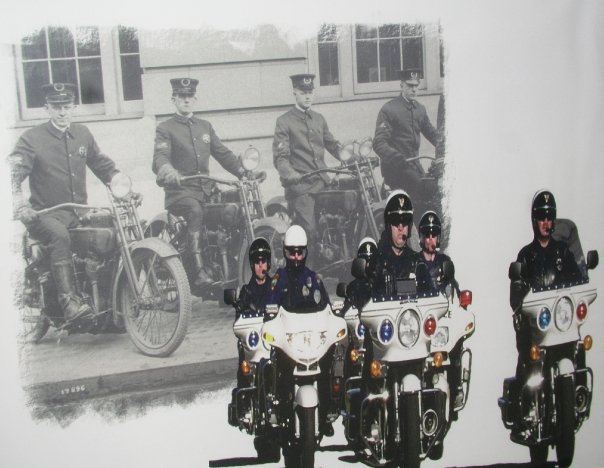
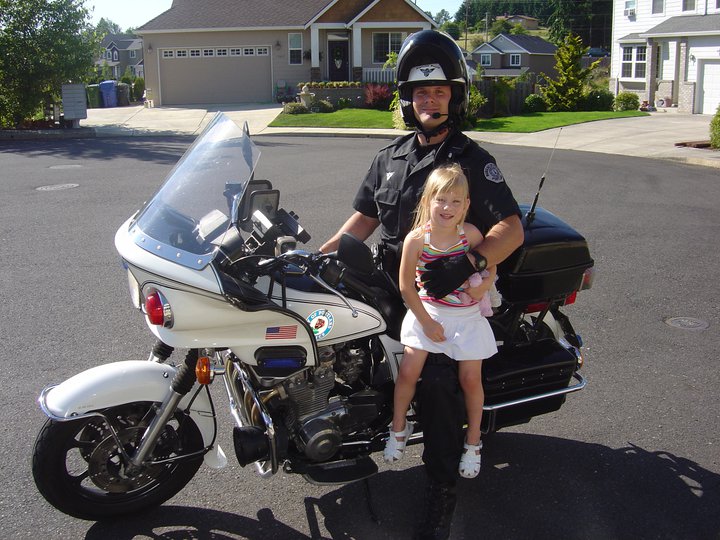
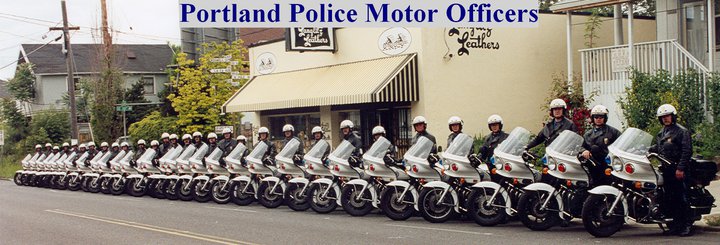
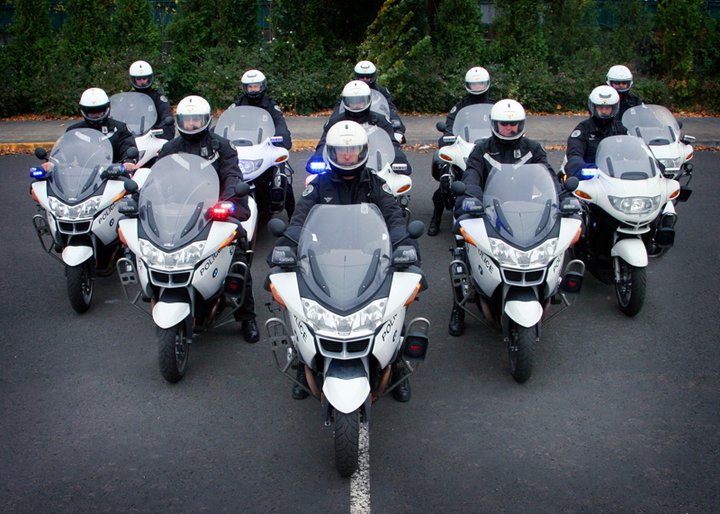
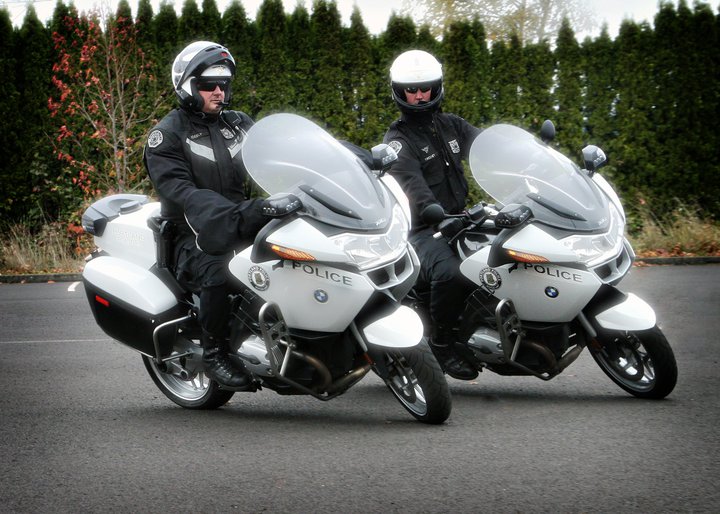
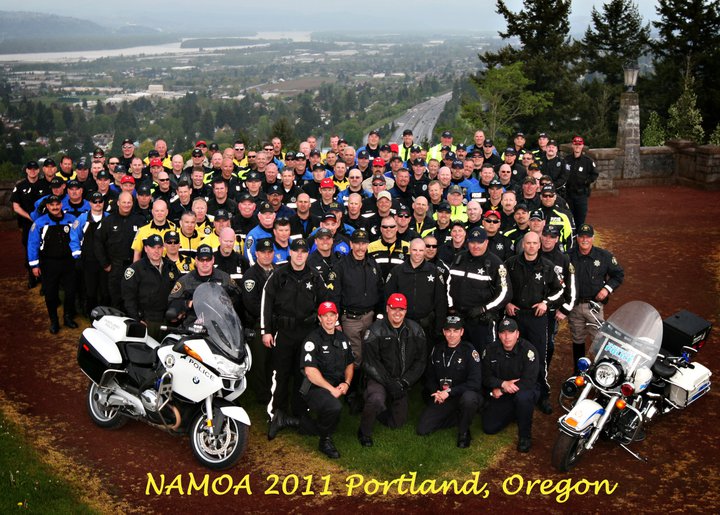
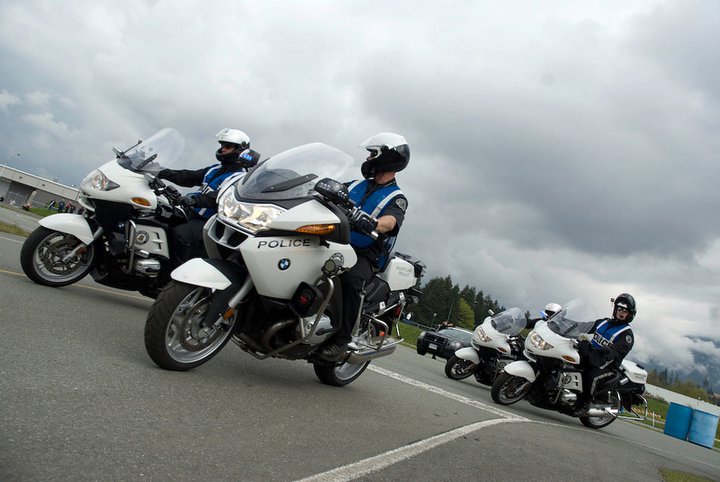
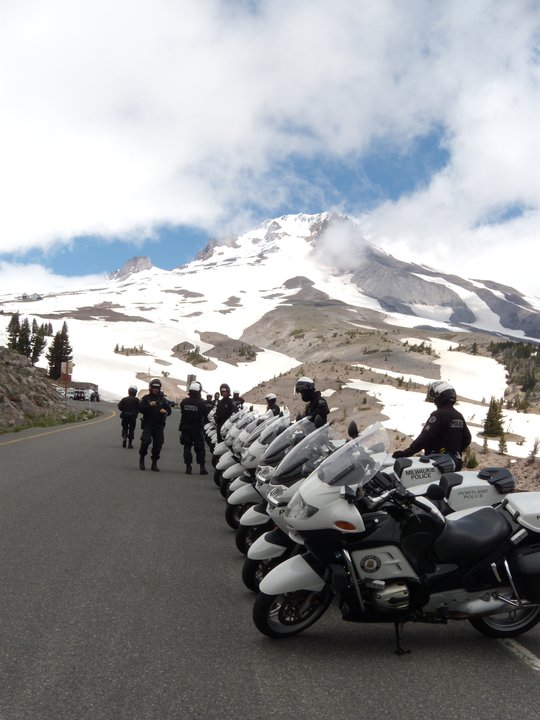
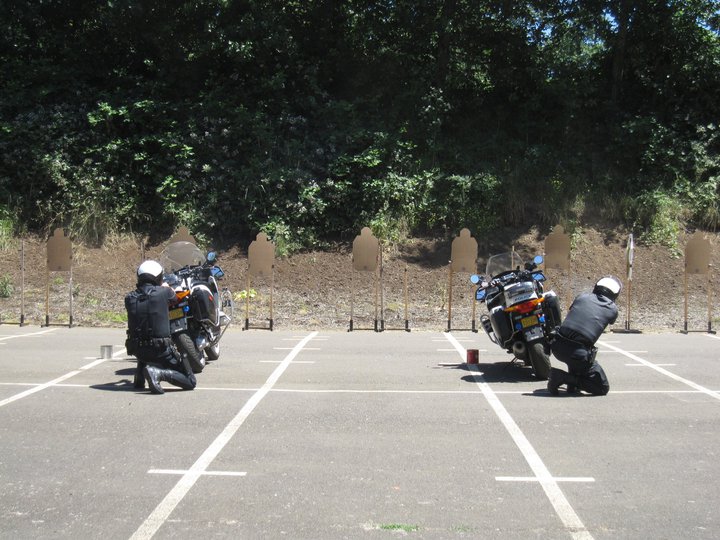
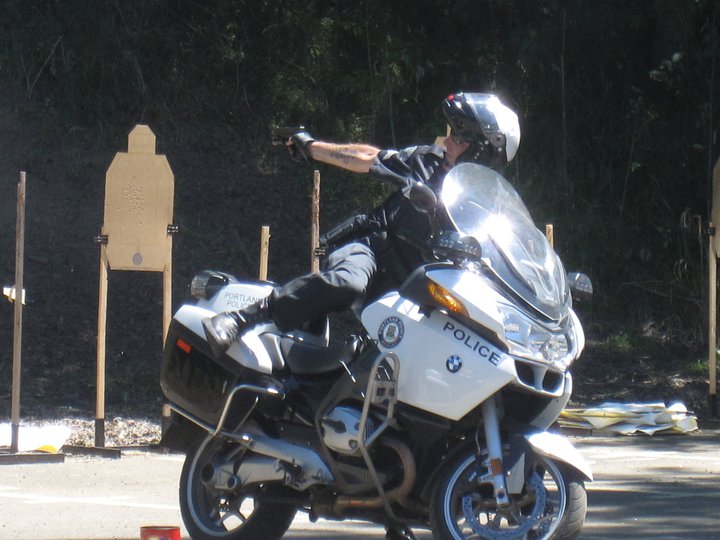

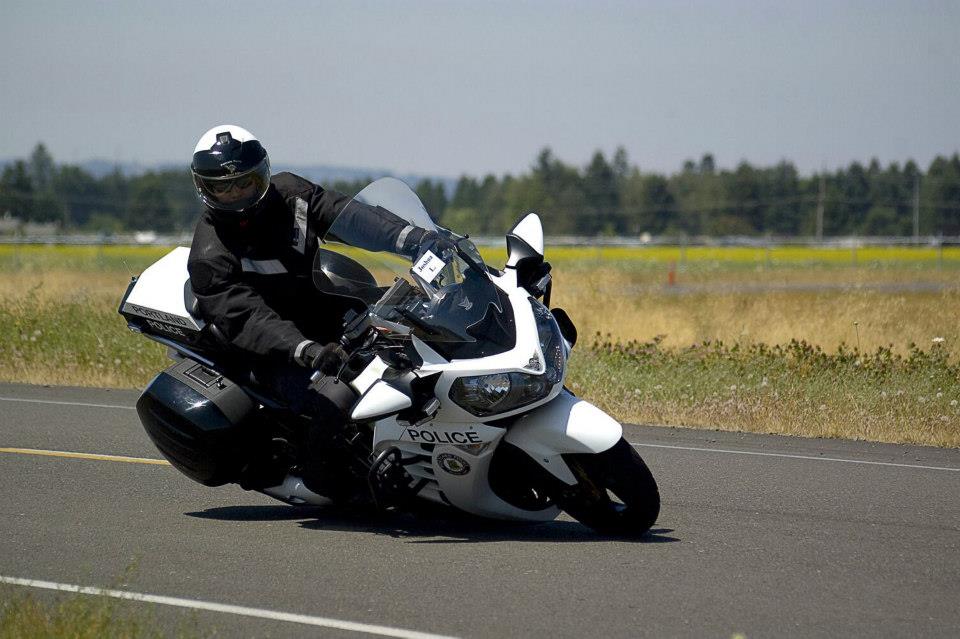
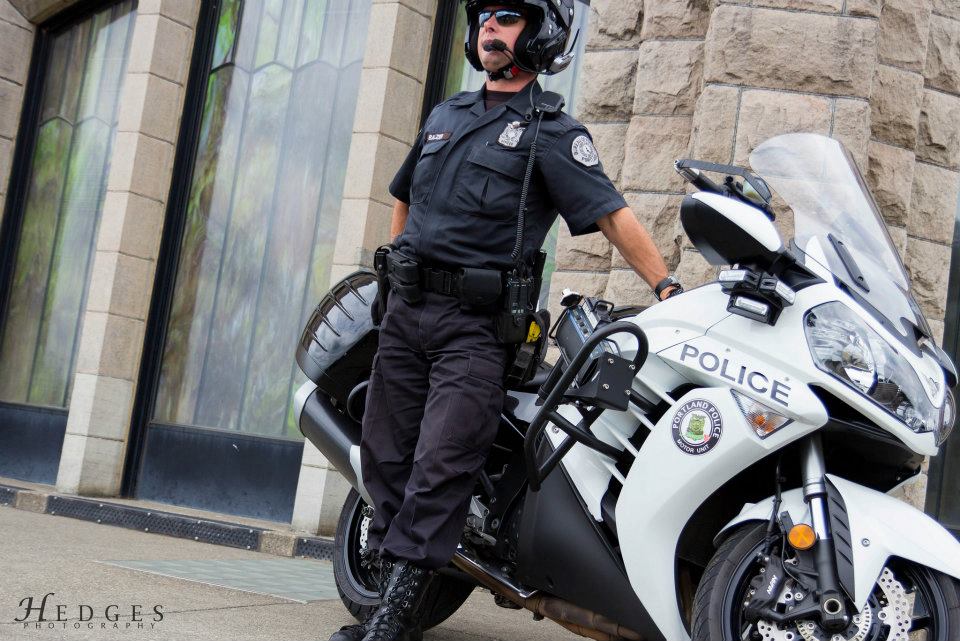
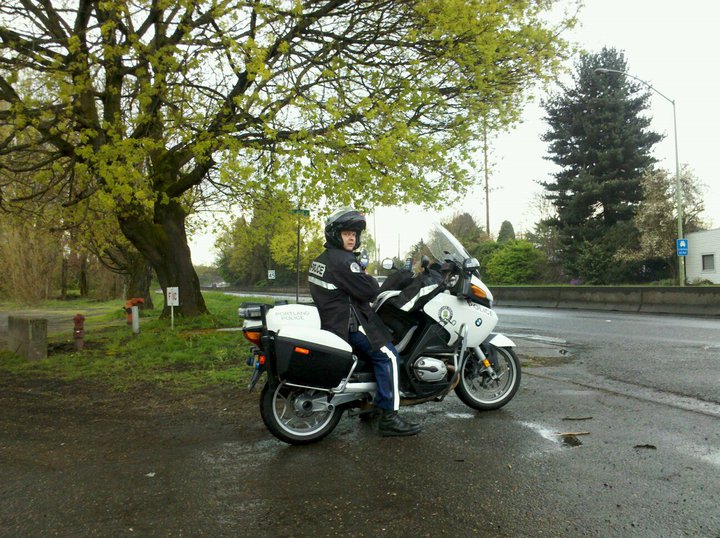
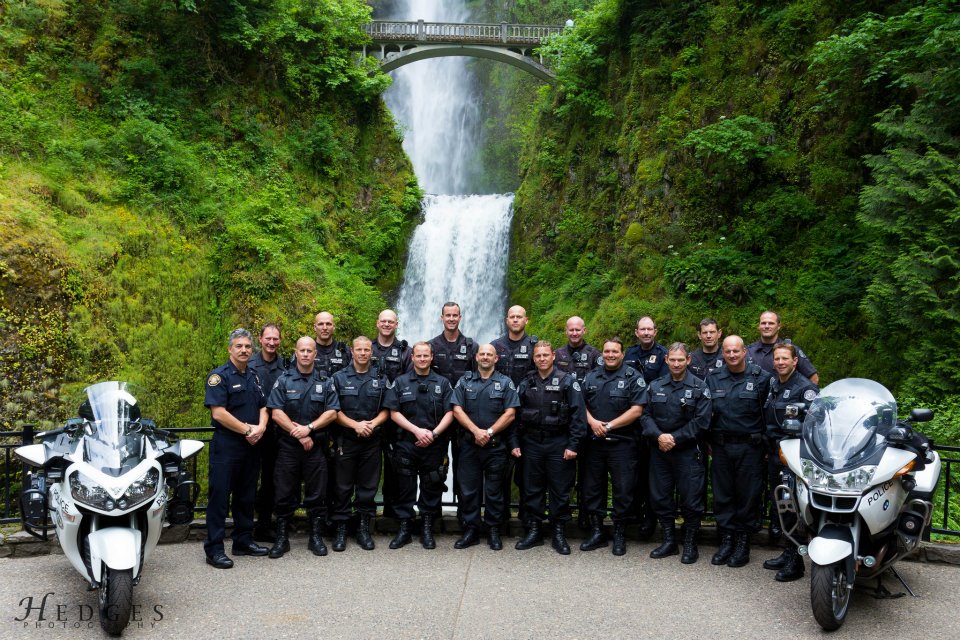
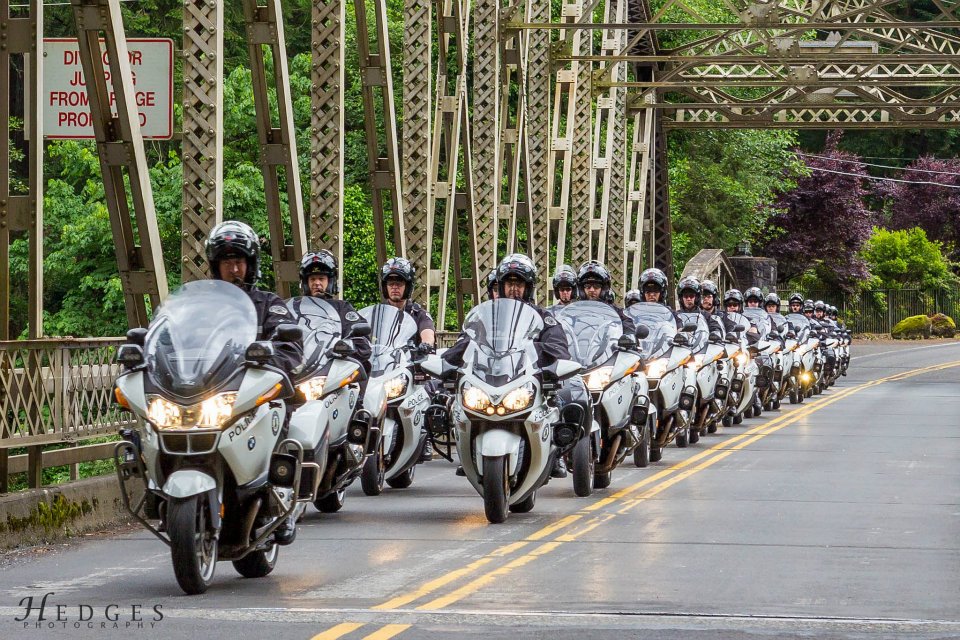
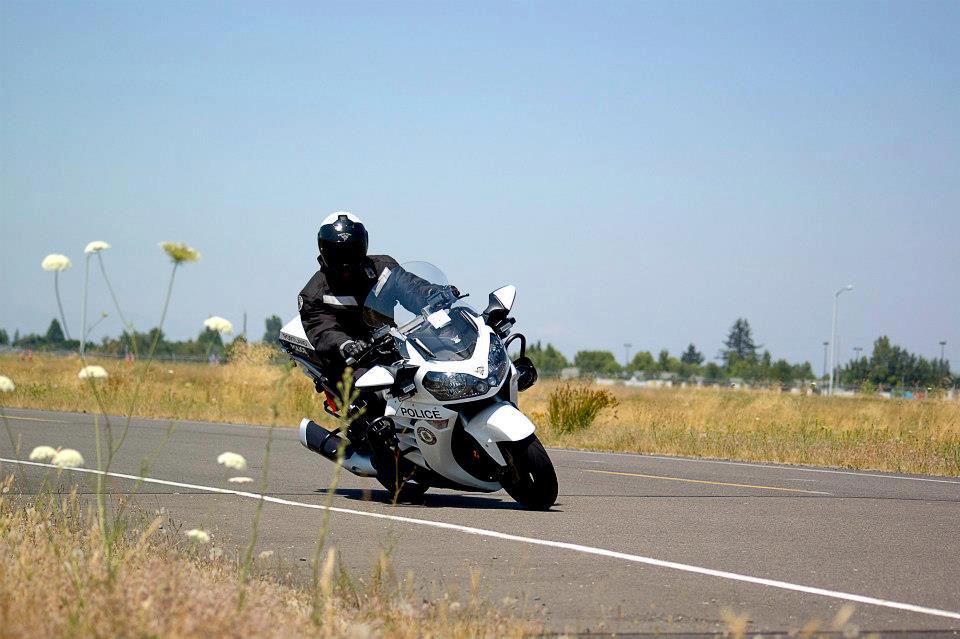
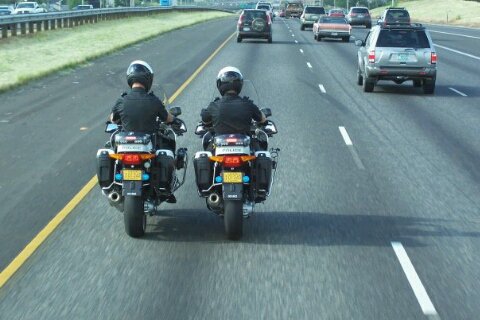
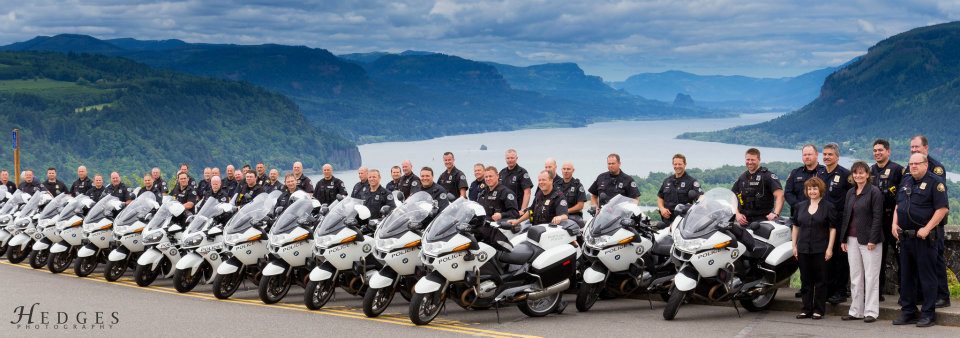
Information and Photos provided by the Portland, OR Police Department.
